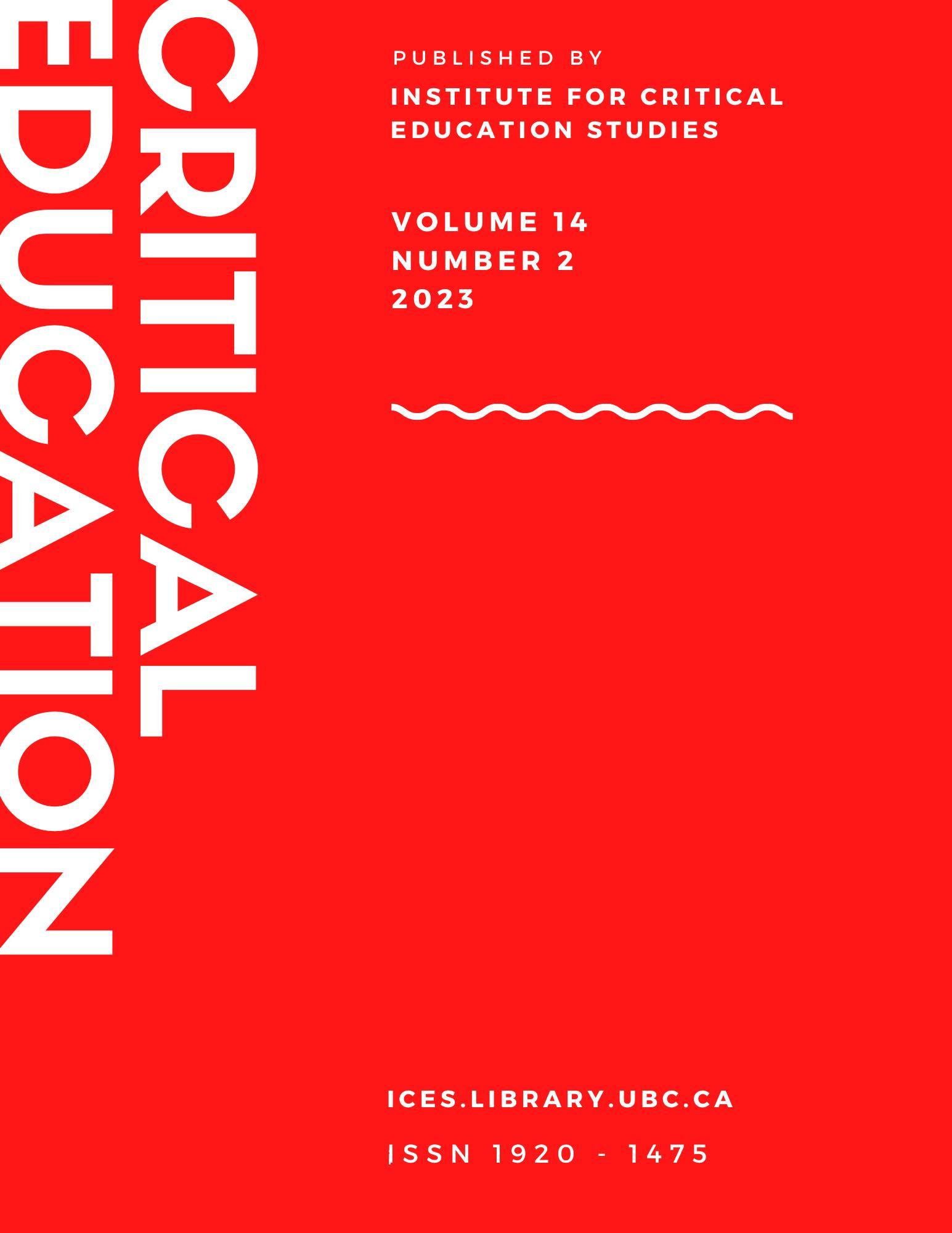Abstracts
Abstract
One of the earliest attempts to Indigenize the Canadian curriculum began with Cultural Survival Schools (CSS). This grassroots approach to Indigenous education emerged in Canada in the mid 1970’s. These schools were established in recognition that education is key to the survival of First Nations people. The CSS approach to education involved reaffirming Indigenous identity by selecting aspects of the traditional Indigenous ways and blending them with nonIndigenous ways of knowing and being. Despite various efforts to meet the learning needs of Indigenous youth over the years, significant problems are still present. In the wake of the report released by the Truth and Reconciliation Commission (TRC) in 2015, the concept of cultural safety has become a major focus of the institutional justice and oppression conversation when considering K-12 education for Indigenous learners in Canada. As placing “culture” at the forefront of the education experience was the primary goal of CSS, and thus focusing on “cultural safety”, perhaps it is time to look back at past practices and re-implement these educational approaches. This study offered an opportunity to ask alumni who had attended a CSS to reflect on, and speak more formally of, their experiences in mainstream schools and a CSS, 30 to 40 years after they graduated. The findings of this study support the results from research conducted around the world. However, what is notable about this study is that the participants were able to share how the positive experiences of attending a CSS persisted over time.
Keywords:
- Indigenous student experience,
- racism,
- Hermeneutic Phenomenology,
- culturally responsive schooling and education
Download the article in PDF to read it.
Download

